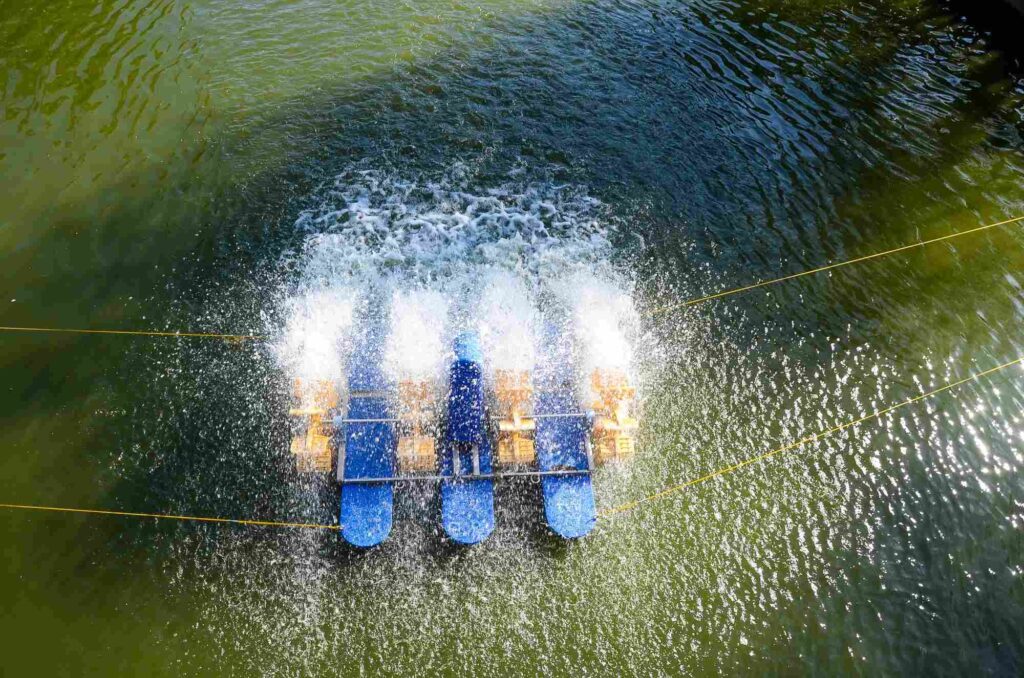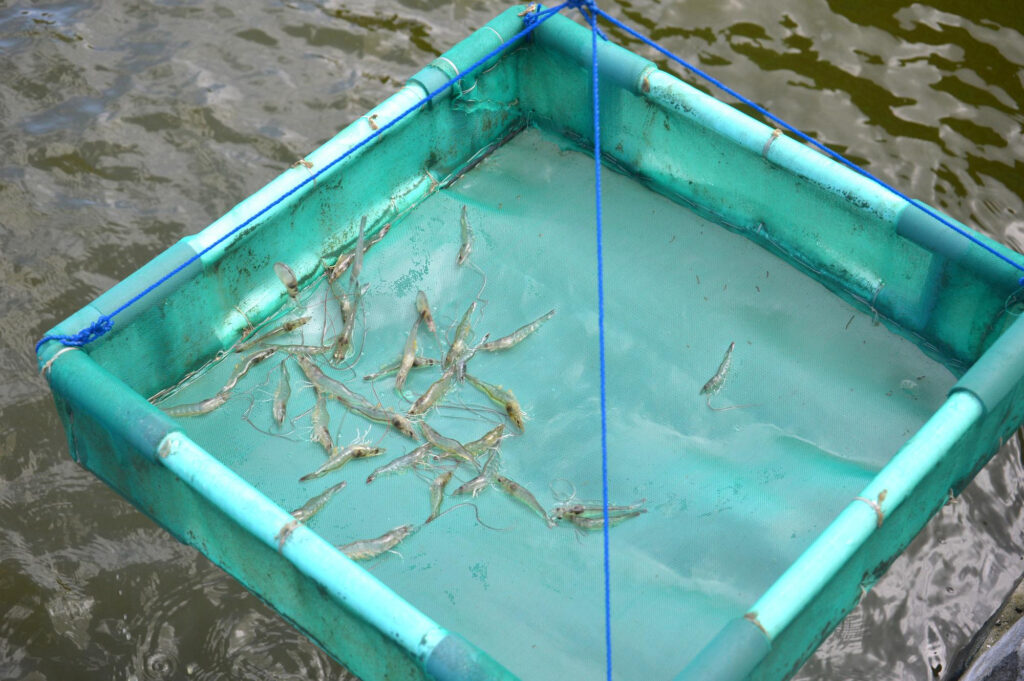What makes low pond oxygen levels?

Several factors can lead to low oxygen levels in ponds. The most common cause is a combination of high water temperatures and excessive algae growth. Warmer water holds less dissolved oxygen, so during the summer months, ponds are especially prone to low oxygen conditions. Algae blooms can worsen the problem by consuming oxygen at night or when they die off and decompose.
What Is the Appropriate Amount of Oxygen in a Pond?
As mentioned earlier, dissolved oxygen levels in pond water are naturally much lower than in the air. A healthy pond typically has dissolved oxygen concentrations below 10 ppm (parts per million). In comparison, the air we breathe contains about 200,000 ppm of oxygen. This stark difference highlights how limited oxygen availability is in aquatic environments, making proper oxygen management crucial for pond health.
How to Increase Dissolved Oxygen Levels
Fortunately, there are several simple and effective ways to prevent low oxygen levels in a pond by either reducing oxygen depletion or increasing oxygen input. Before exploring these methods, it’s helpful to understand how oxygen becomes dissolved in water in the first place.
Oxygen dissolves into water through direct contact with the atmosphere. To increase oxygen levels in a pond, more water needs to interact with atmospheric oxygen.
The surface of the pond is constantly exposed to the air, making it the area with the highest oxygen concentration. This is why fish often gather near the surface during periods of low oxygen—they are seeking more breathable water. However, this also means that the deeper layers of the pond receive little to no oxygen, as they are largely cut off from direct contact with the atmosphere.
- Increase Water Movement : Increase Water Movement
Create movement in your pond by adding paddlewheel aerators or jet aerators to make water movement within a pond increases the surface area of water that comes into contact with oxygen. Thus, more oxygen particles can dissolve into and concentrate the pond water. - Add a Pond Air Pump
Another effective and straightforward way to increase oxygen levels in pond water is by using a pond air pump. These pumps deliver air directly into the lower layers of the pond, helping to oxygenate areas that are otherwise cut off from atmospheric contact. This not only supports aquatic life at all depths but also helps maintain overall pond health. - Add Pond Oxygen Stones
Often used in combination with air pumps, pond oxygen stones (also known as air stones) release fine bubbles into the water. This increases water movement and expands the surface area where air and water interact, maximizing the potential for oxygen to dissolve into the pond. The continuous bubbling action helps distribute oxygen more evenly throughout the pond, supporting a healthier aquatic environment.
We provide quality paddlewheel aerators, jet aerators, submersible pumps helping maintaining good and healthy ponds oxygen levels. Welcome to email us proleadtw@gmail.com to get more information.

